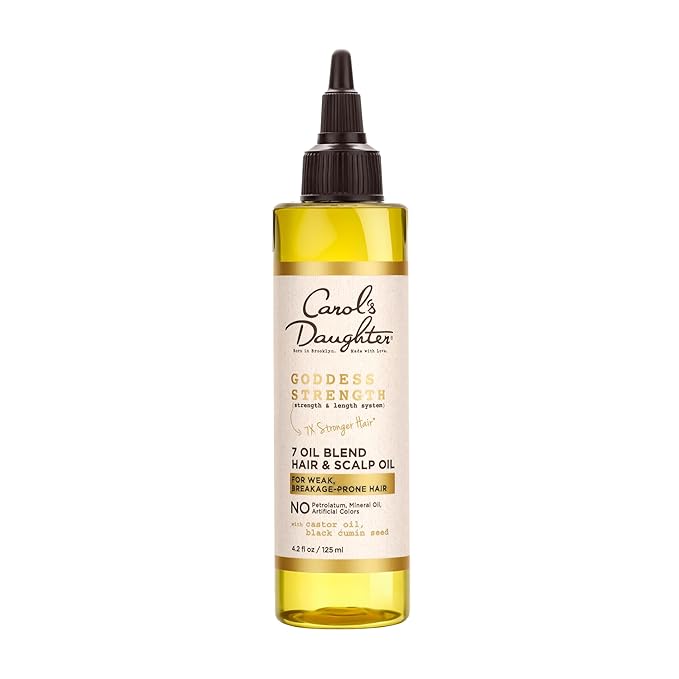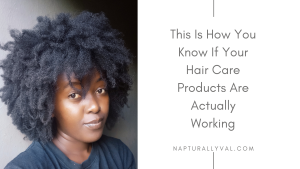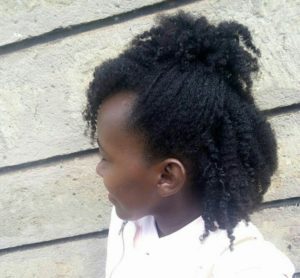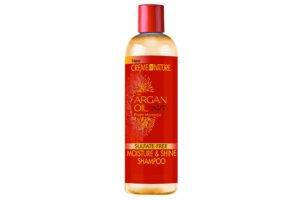Hey bestie, let’s have a heart-to-heart about two things that might be low-key sabotaging your curls without you even realizing it: hygral fatigue and protein overload. I know, they sound super scientific and kind of intimidating, right? But once you understand what they are, what causes them, and how to tell the difference, caring for your curls becomes way easier.
I had to learn this the hard way. There was a point in my curly journey where my hair felt mushy one day and stiff the next. I was moisturizing like crazy, doing protein treatments, and still felt like something was off. Turns out, I was bouncing between hygral fatigue and protein overload without even knowing it. Let’s make sure that’s not your story.
Table of Contents
What Is Hygral Fatigue?
Okay, let’s start with hygral fatigue. This is what happens when your hair is constantly going through a cycle of swelling and shrinking because it’s getting wet too often. Curly hair, especially high porosity hair, absorbs water easily but loses it just as fast. And when your hair absorbs water, the strands swell. When it dries, they shrink again. If this happens too frequently without a break, your hair gets weakened from all that expansion and contraction. Think of it like a rubber band being stretched over and overmit eventually loses its strength and snaps.
Signs of Hygral Fatigue:
- Hair feels overly soft and mushy, almost like overcooked noodles
- Hair stretches too much when wet and then breaks
- Hair lacks bounce or elasticity
- You’re deep conditioning or moisturizing very frequently without protein treatments.

What Is Protein Overload?
Now let’s talk about protein overload. This is the opposite of hygral fatigue. Protein overload happens when your hair has too much protein and not enough moisture. Proteins are meant to strengthen your hair, repair hair damage, fill in gaps in the cuticle, and give it structure. But if you use too many protein-rich products, or do back-to-back protein treatments without moisturizing in between, your hair can become dry, stiff, and brittle.
Signs of Protein Overload:
- Hair feels dry, rough, and straw-like
- Breaks easily, especially when dry
- Lacks flexibility or movement
- Looks dull and feels “crunchy” no matter how much water you add
If you use a protein treatment followed by a leave-in with protein and a styling cream that also has protein—big mistake.
How to Tell the Difference
Now this part is super important, bestie. Hygral fatigue and protein overload can both lead to breakage and dryness, but the way your hair feels tells you which one you’re dealing with.
If your hair feels mushy, overly soft, and stretches a lot before breaking, it’s probably hygral fatigue.
If your hair feels hard, dry, and snaps easily without stretching much, it’s likely protein overload.
Another tip: If your hair is always wet or damp (like from daily moisturizing, washing, or deep conditioning), and you rarely use protein treatments, you’re probably closer to hygral fatigue. But if your hair care routine is packed with protein-heavy products (like keratin, hydrolyzed wheat protein, or silk protein), and your hair feels stiff, then you’re likely in protein overload territory.

How to Fix Hygral Fatigue
If you suspect you’re dealing with hygral fatigue, here’s how to help your curls bounce back:
- Cut back on frequent wetting – Try to space out your wash days and avoid wetting your hair daily. This reduces the swelling and shrinking cycle.
- Add light protein treatments – You don’t need anything super intense. Something like the Aphogee Keratin 2 Minute Reconstructor works wonders. It gives your curls a little structure without drying them out.
- Seal in moisture properly – Make sure you’re using an oil or butter to seal in moisture after applying your leave-in. Jamaican black castor oil and shea butter are great for this, especially if your hair dries out quickly.
- Let your hair fully dry between washes – Don’t keep piling water and products on hair that hasn’t even dried yet. Your strands need time to rest and reset.
How to Fix Protein Overload
Now, if your hair is protein-heavy and acting like a stiff broom, here’s how to help it soften up:
- Stop using protein-rich products for a while – Check your product labels and switch to ones focused on hydration. Look for ingredients like aloe vera, glycerin, honey, and coconut water.
- Deep condition with moisture-rich formulas – Products like the TGIN Honey Miracle Hair Mask or the SheaMoisture Raw Shea Butter Deep Treatment Masque are amazing for bringing softness back.
- Clarify your hair – Sometimes product buildup worsens protein overload. Use a gentle clarifying shampoo to get a clean slate, like the Moroccanoil Clarifying Shampoo.
- Follow up with consistent moisturizing – Stick to a routine that prioritizes hydration for the next couple of weeks. Let your hair breathe.
Balance Is Key
Here’s the tea, bestie. Your curls don’t just need moisture or just need protein. They need both but in balance. It’s all about learning your hair’s porosity, how often it needs protein, and how it responds to different treatments.
If your hair is low porosity, you’ll probably need protein less often. If your hair is high porosity, protein might actually help fill in gaps and reduce damage. I do light protein every 4 to 6 weeks and moisturize consistently between treatments. That routine works for me, but your hair might need something different and that’s okay.

Final Thoughts
So next time your hair starts acting weird, remember this conversation. Don’t panic or think your hair is ruined. Just ask yourself: Is it too soft and stretchy, or too stiff and brittle? That question alone can guide you in the right direction.
Curly hair thrives with a little structure and a lot of love. And now that you know the difference between hygral fatigue and protein overload, you’re better equipped to give your hair exactly what it needs.
We’re learning and growing together, curlfriend. Let me know what your hair has been going through lately and I’ll help you troubleshoot it. You’re not alone in this journey.




